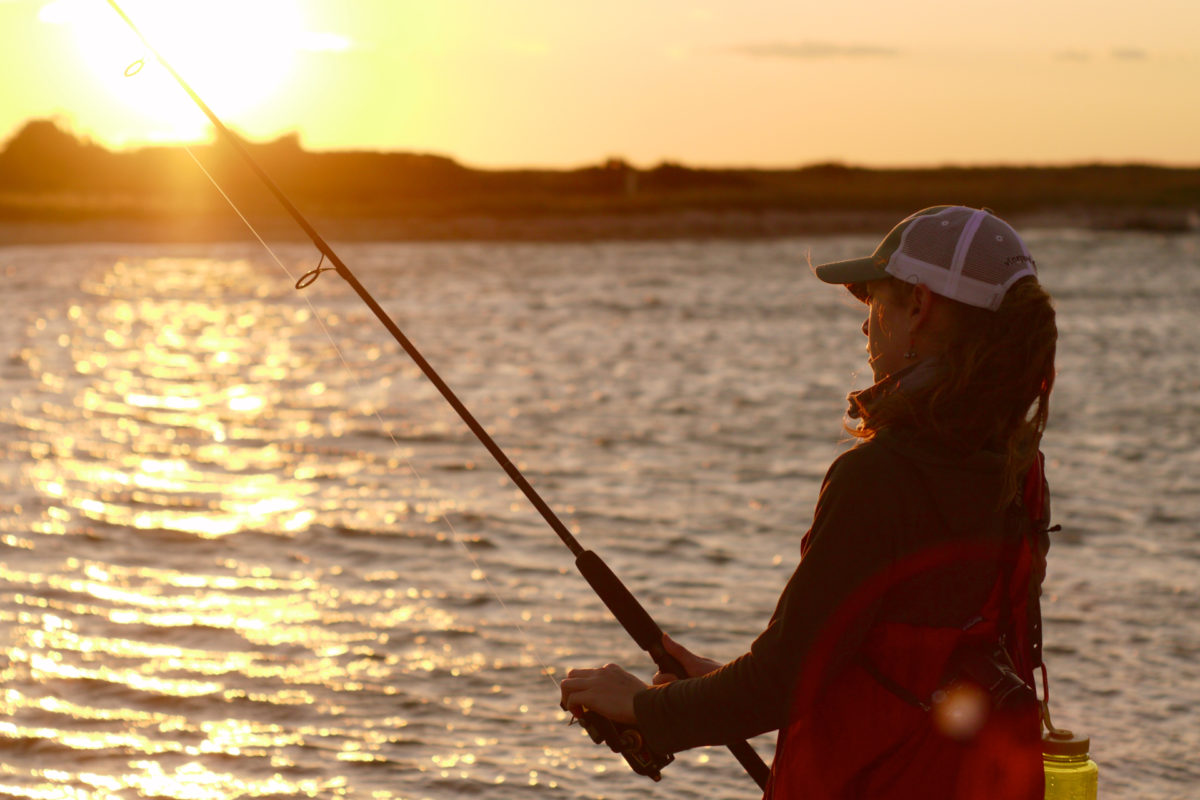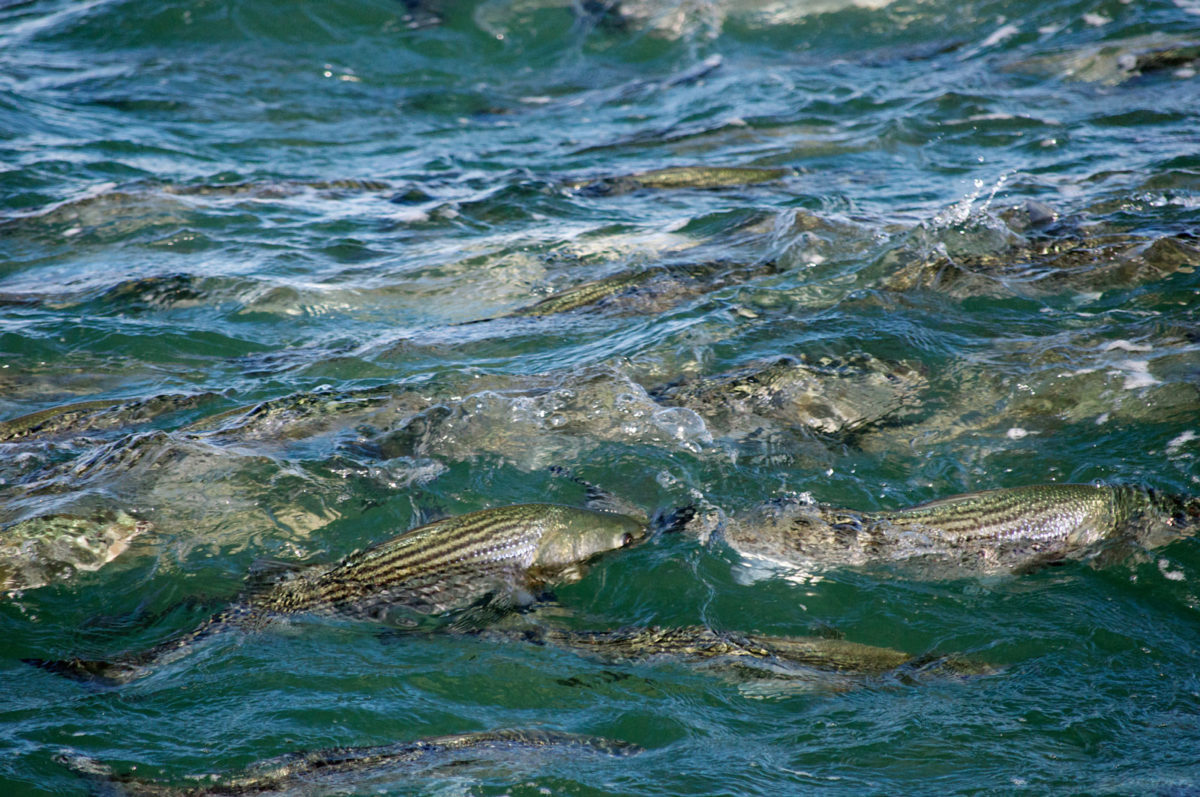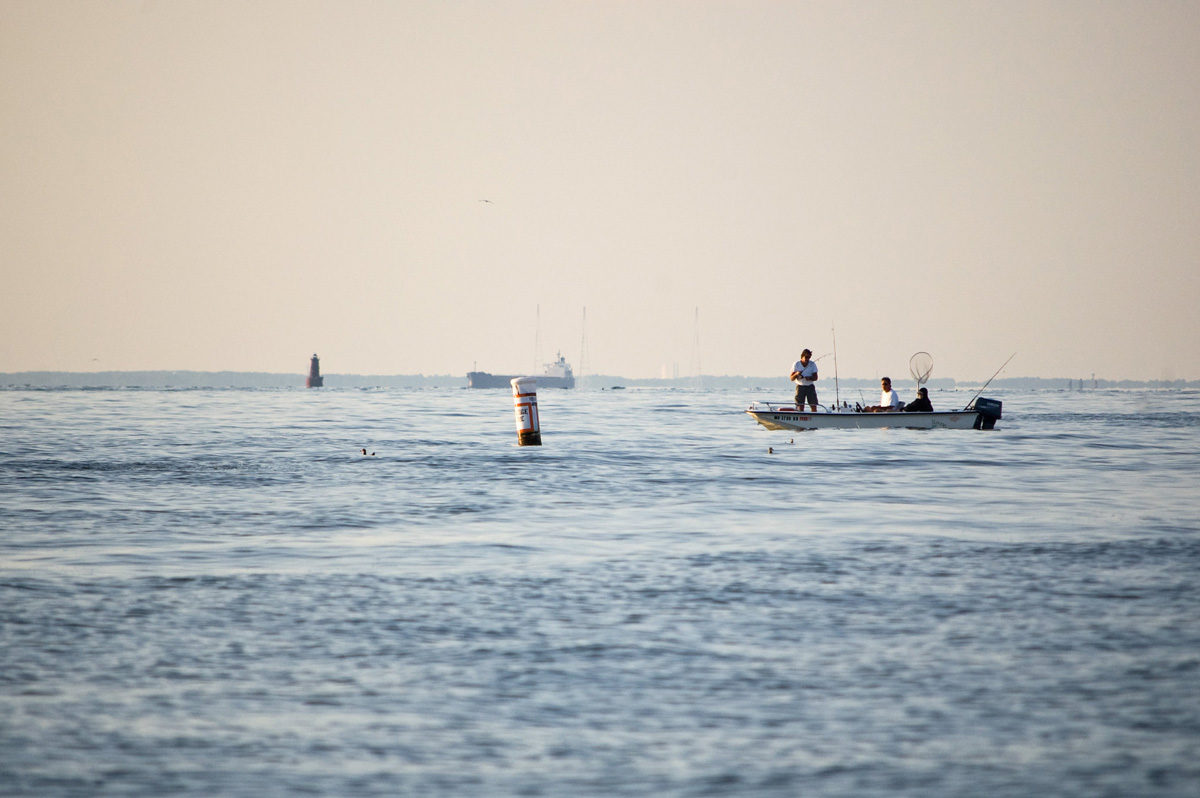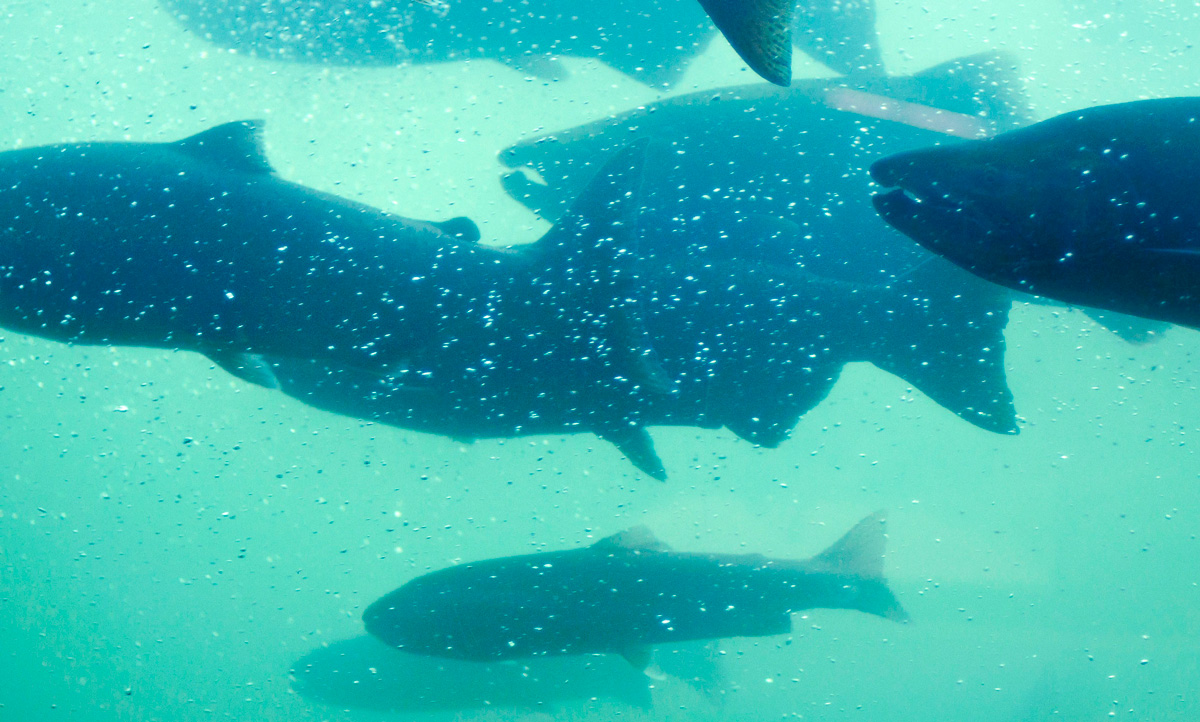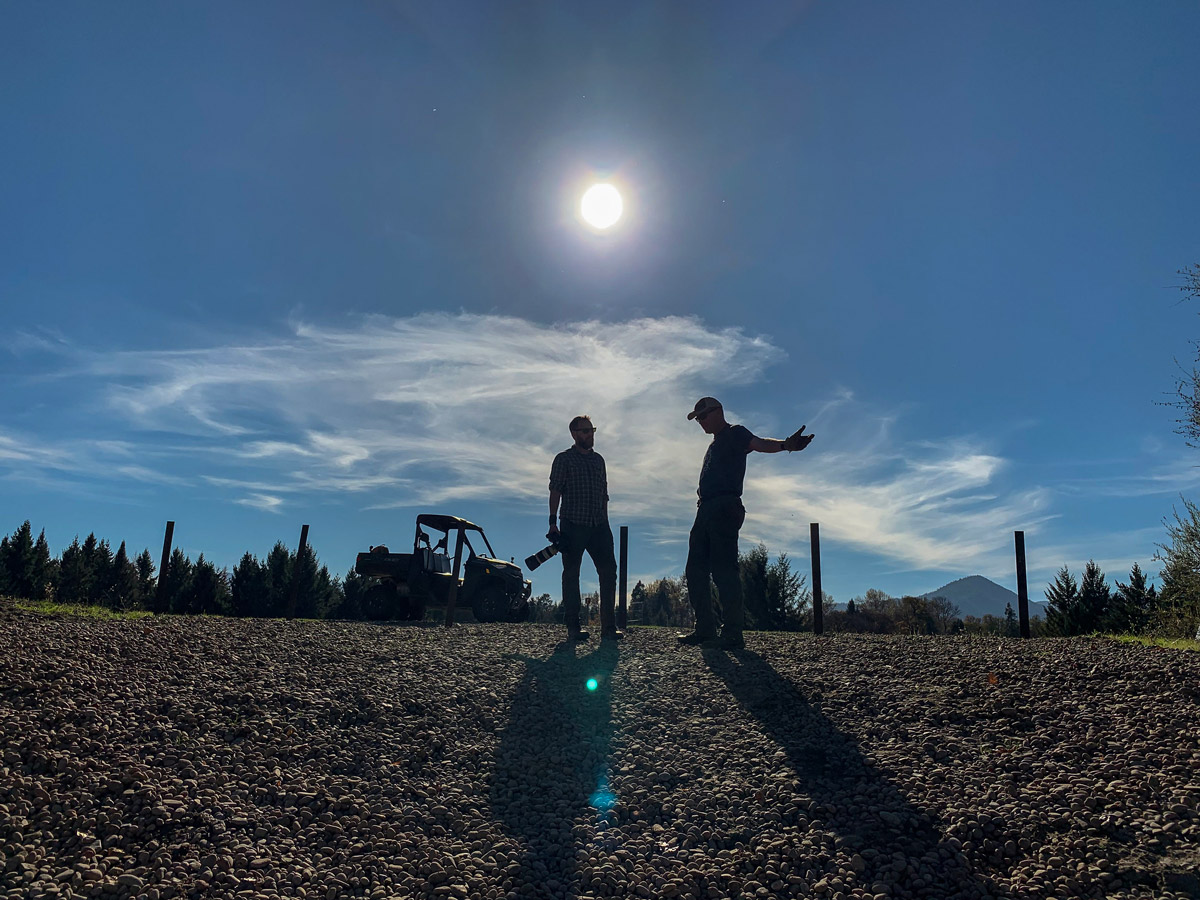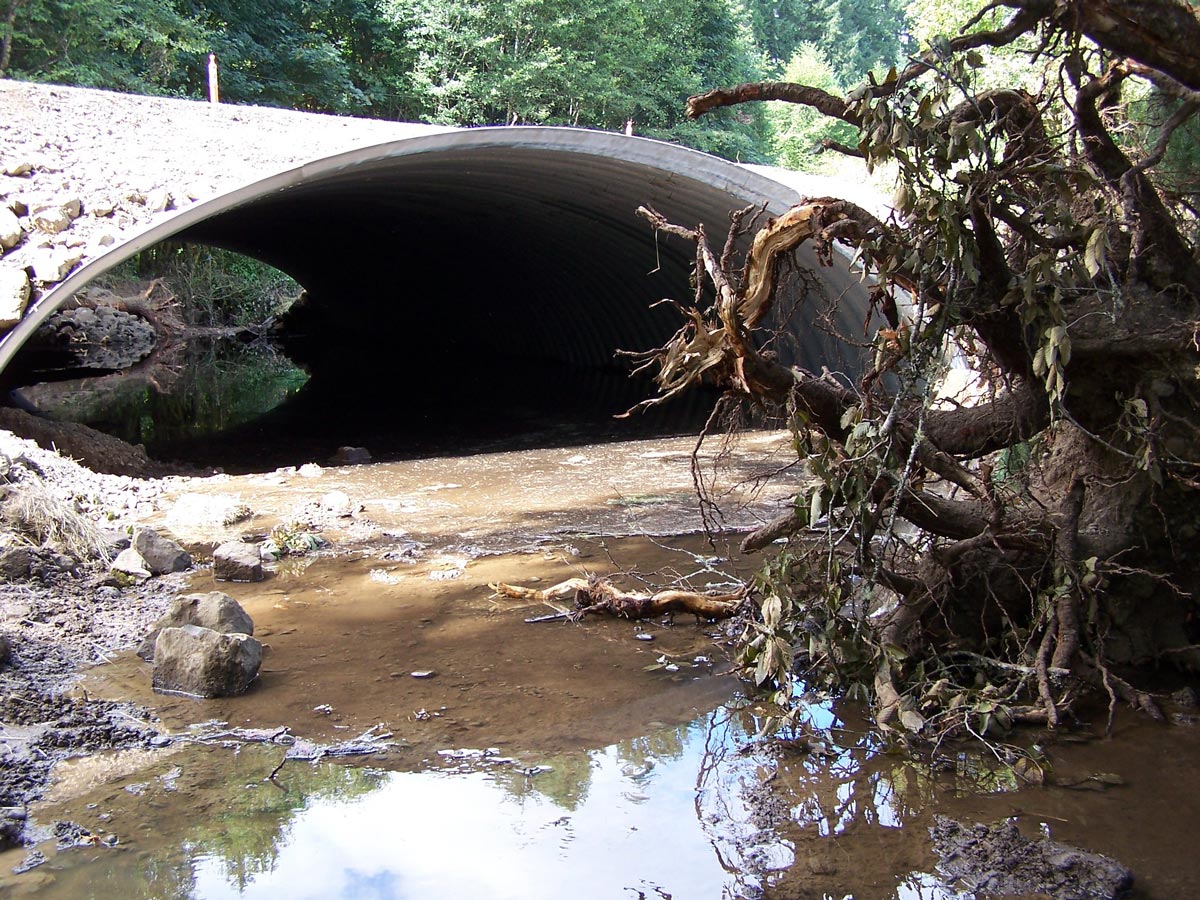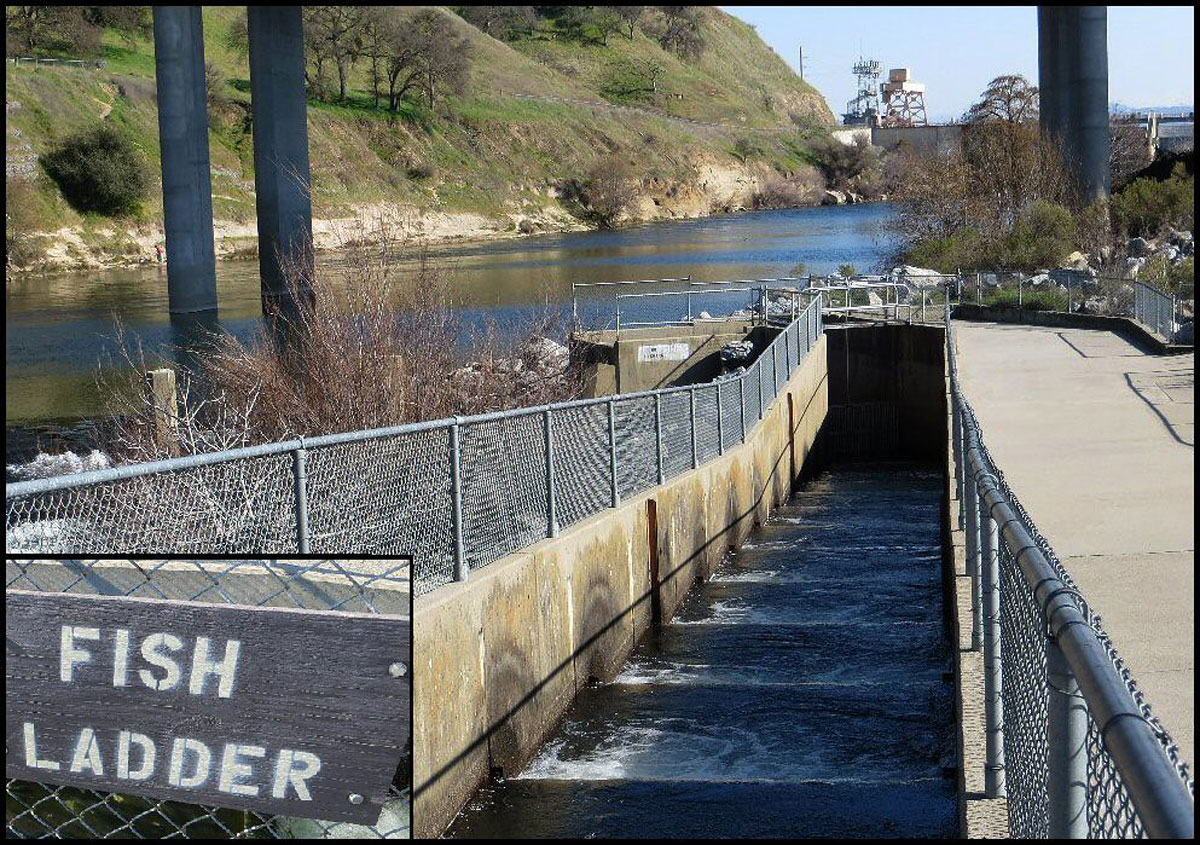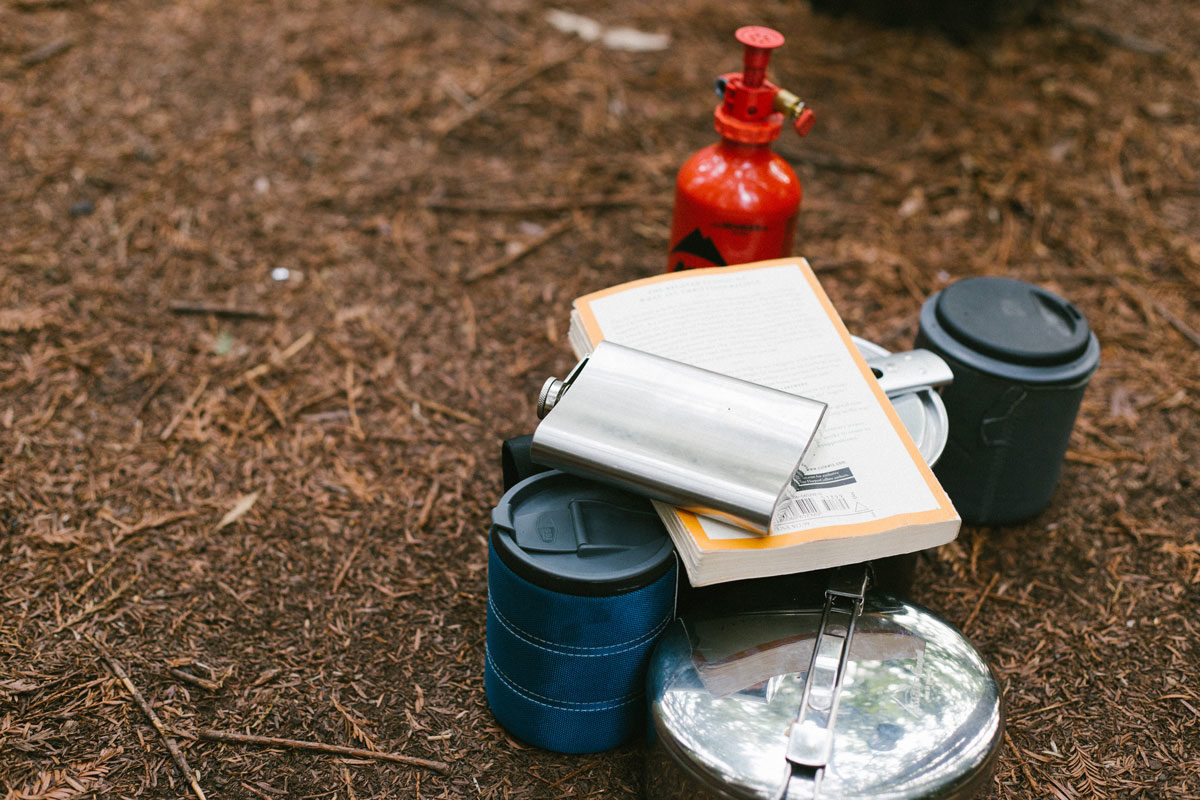State budgets may be stretched thin, but now is not the time to borrow from successful conservation funding initiatives
You only need to walk into a tackle shop on a typical Saturday morning to understand that Pennsylvania’s enviable natural resources are directly tied to outdoor recreation spending and jobs. Both the beauty of our lands and waters and strength of our outdoor recreation industry are particularly meaningful in the midst of a health and unemployment crisis.
But we wouldn’t have these benefits without investments in conservation.
Right now, we’re pushing back on legislation that would disrupt the flow of funds to critical job-creating conservation projects. Across the country, state budgets are being stretched by the COVID-19 response, but this is not the time to balance the budget with cuts to conservation. Here’s why we’re fighting this in PA.
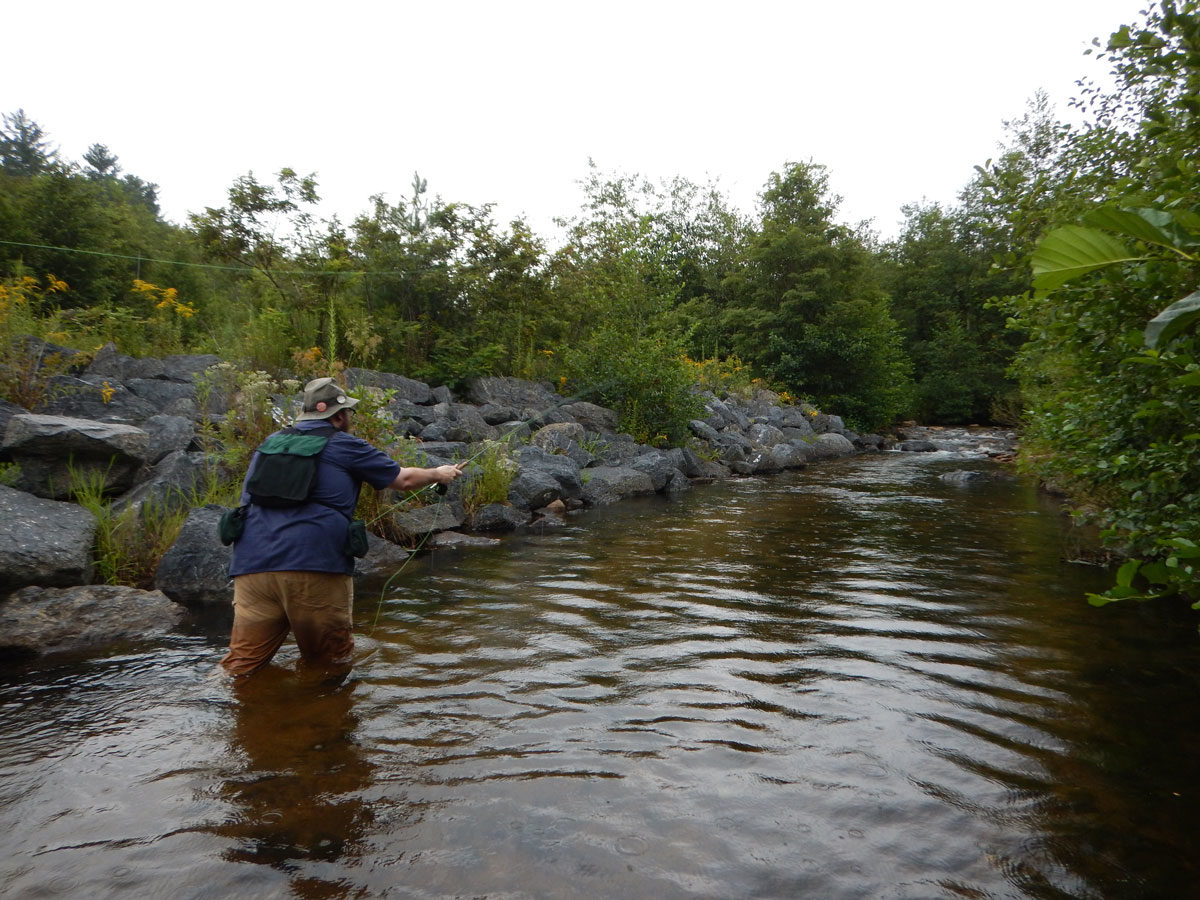
A Track Record of Success
Twenty years ago, the Growing Greener Program was signed into law, securing the investment of $650 million in the state’s natural resources over five years. Today, the state’s Keystone Fund and Environmental Stewardship Fund help to restore and conserve lands and waters that power Pennsylvania’s $26.9-billion outdoor recreation industry.
The diverse businesses in PA’s outdoor recreation sector support more than 390,000 jobs and almost $17 billion in salaries and wages, and their employees generate over $300 million in federal, state, and local tax revenue. Plus, the demand for outdoor recreation opportunities has only increased during the COVID crisis.
Conservation projects keep Pennsylvanians working, too. More than 6,000 projects in 25 years have helped to conserve 190,000 acres of land, and to complete them, county conservation districts and nonprofits sustain a laundry list of well-paying jobs for workers across the state.
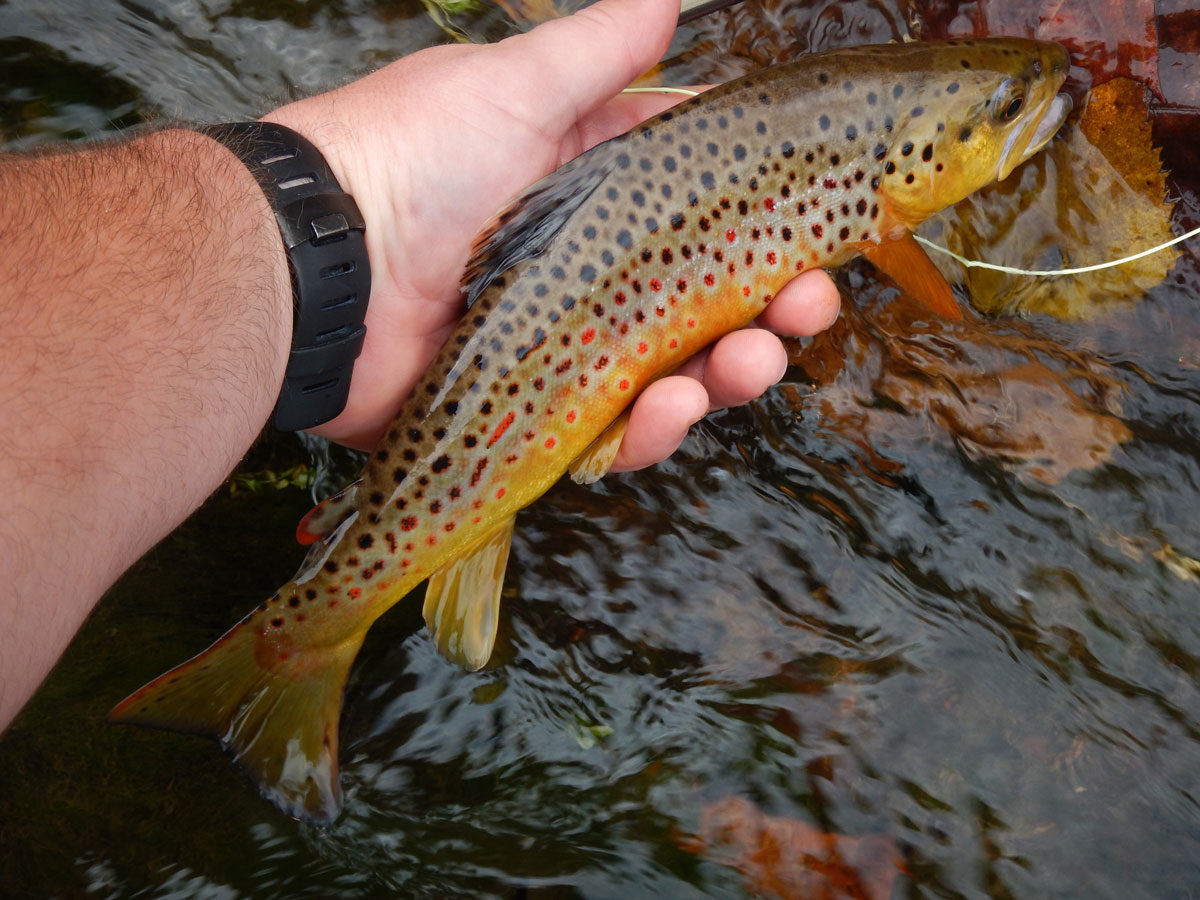
“These projects employ public works staff, conservation district staff, local surveyors, general contractors, excavators, farm operators, equipment rental and sales companies, and agriculture consultants, such as crop advisers, nutrition specialists, and farm plan writers,” says Sarah Xenophon, a watershed technician for Penn State College of Agricultural Sciences. She often works with sportsmen’s groups, landowners, and nonprofits to use Keystone Fund and Environmental Stewardship Fund dollars to improve fish and wildlife habitat.
These partnerships are key to getting more bang for state bucks. The ESF and Keystone Fund leverage public/private partnerships to amplify the impact of public conservation dollars. Continuing to allow them to fund shovel-ready projects ensures that we keep this critical part of Pennsylvania’s economy open. It allows us to put small businesses to work on our natural infrastructure and environmental services that build our resilience to natural events, like flash floods.
Here are just a few examples of projects made possible by the Keystone Fund and Environmental Stewardship Fund with benefits for hunters and anglers.
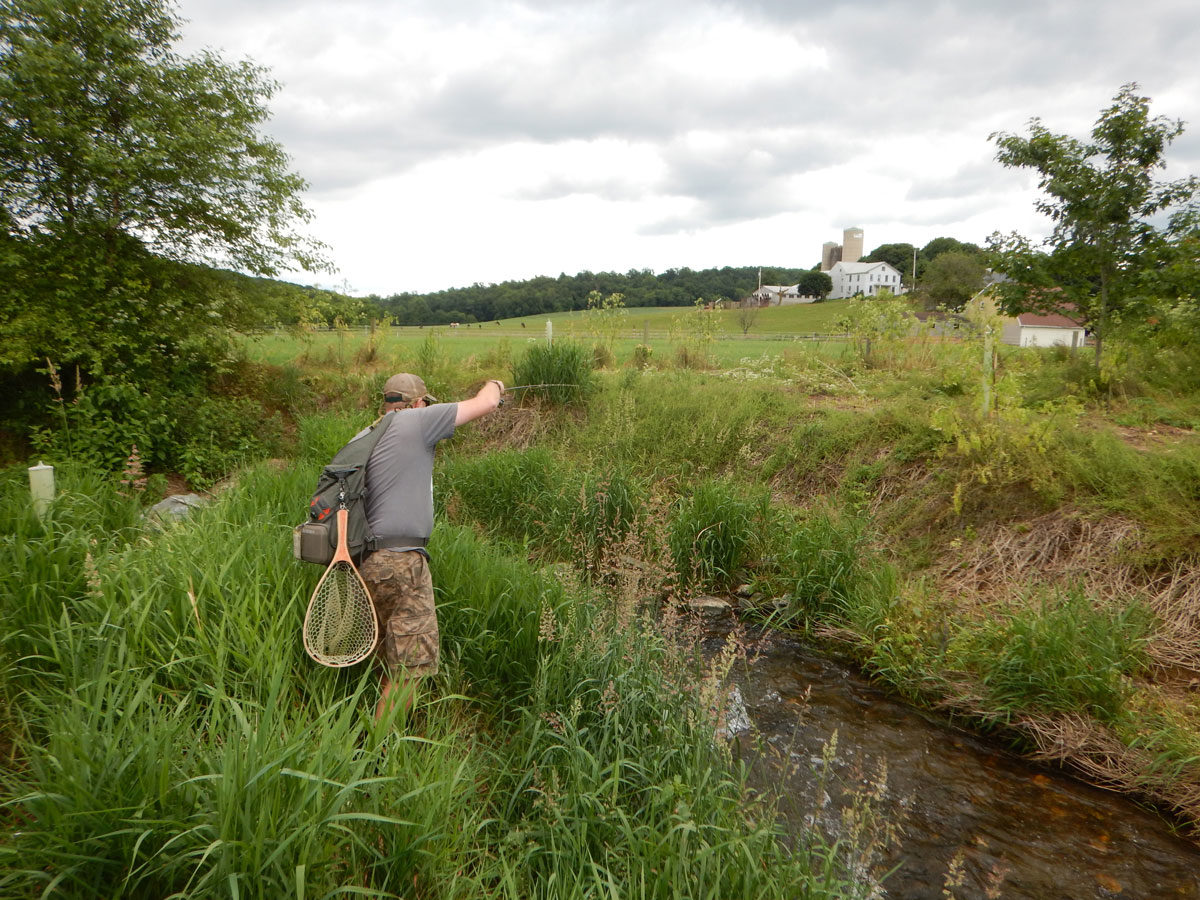
Critical Waters
In March 2015, the Wildlands Conservancy received $1.3 million from the Keystone Fund to help purchase land adjacent to state game lands in Wayne and Lackawanna County and transfer them to the Pennsylvania Game Commission for public use. This purchase permanently protects approximately 500 acres of wetlands, including the headwaters of the Lehigh River, and provides drinking water for 180,000 residents.
Trees for Trout
In 2018, the Donegal Chapter of Trout Unlimited received $50,000 from the Environmental Stewardship Fund to construct 15 acres of riparian forest buffers on wild trout streams in southern Lancaster county. The grant, administered through the Pennsylvania Department of Conservation and Natural Resources, requires a one to one match that the chapter provided through in-kind volunteer hours and trees from its nursery.
The Little J
In 2008, the Little Juniata River Association used $102,000 from the Keystone Fund to preserve public access to five miles of class A wild trout waters along the Little Juniata River, which is known for its healthy wild brown trout and excellent dry fly fishing. The area draws anglers from across the mid-Atlantic and beyond—in fact, President Eisenhower and President Carter both visited the area while in office to sample some of the best fishing that central Pennsylvania has to offer.
“The nation behaves well if it treats the natural resources as assets which it must turn over to the next generation increased, and not impaired, in value.”
– Theodore Roosevelt
Aug 29, 1910
Prevent Cuts to Conservation
As in years past, attempts are being made to disrupt 30 years of stabilized funding for conservation projects provided by these funds. Specifically, amended language to House Bill 1822 would freeze funding for any new conservation contracts coming from the Keystone Fund, ESF, and county conservation district funds. Meanwhile, other proposals have been made to alter the way these funds are appropriated.
As sportsmen and women, we need to send a strong message that now is not the time to stop funding conservation. Continued investments mean more opportunities to find solace in the outdoors during a very uncertain time, but this funding supports job creation, as well.
If you are from Pennsylvania, your state lawmakers need to hear from you today. Click here to take action. Supportive out-of-state hunters and anglers, please consider asking friends or family to sign our action alert. In-state voices will have the most impact, but our fish and wildlife are here for you, too.
Click here to visit our Conservation Works for America webpage, and learn how investments in conservation can create jobs, rebuild our economy, and improve the health of our communities.
Top photo of Pennsylvania’s state fish, the brook trout, by Derek Eberly.


